Facial nerve weakness
Facial Nerve Palsy. Information about Facial Nerve Palsy. Patient | Patient
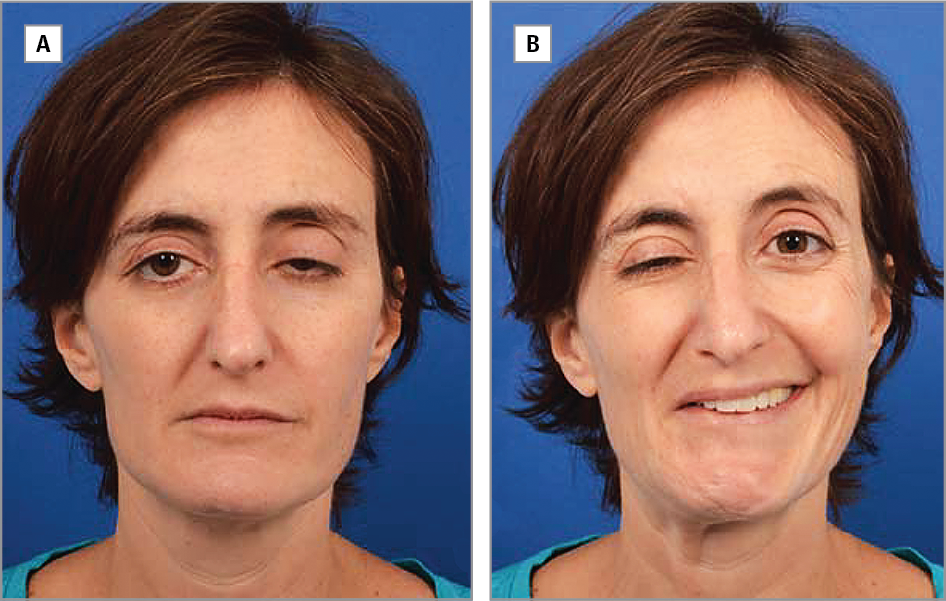
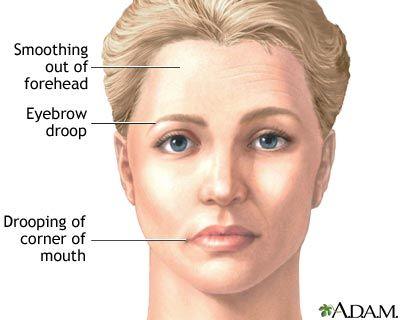
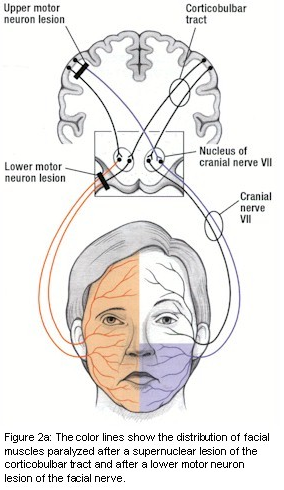
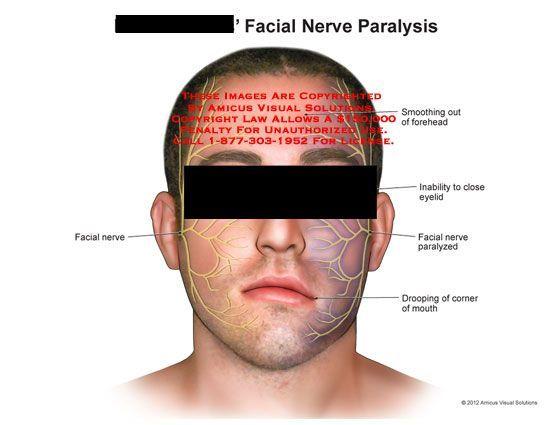
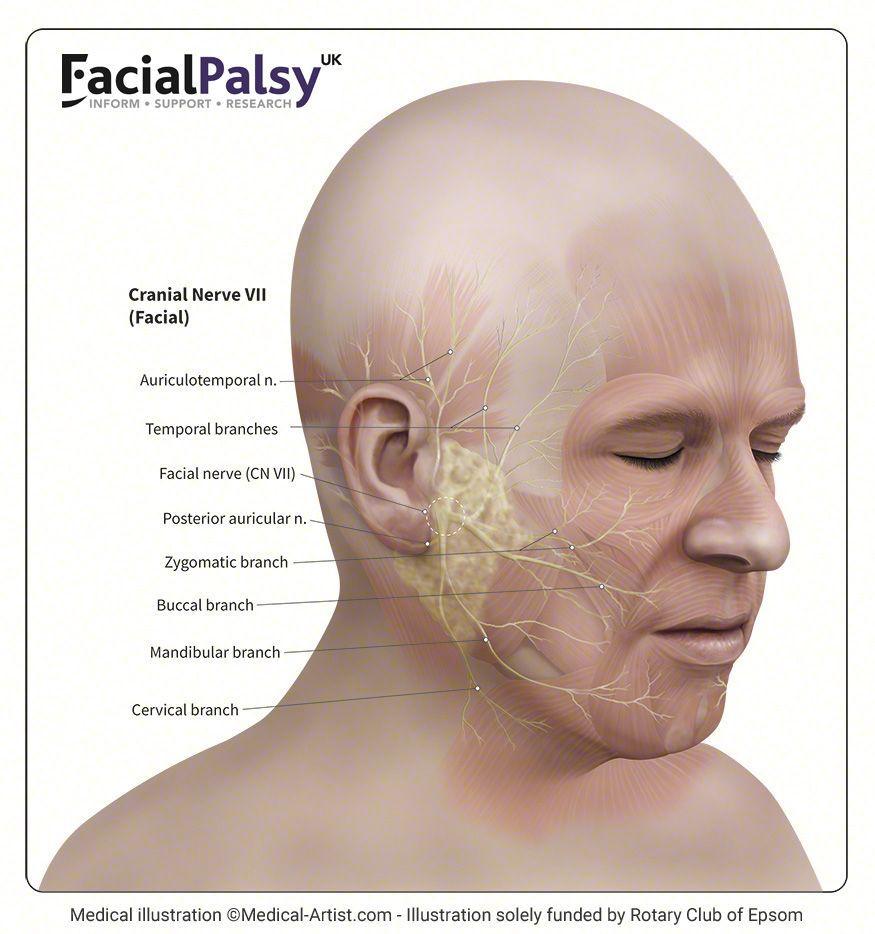



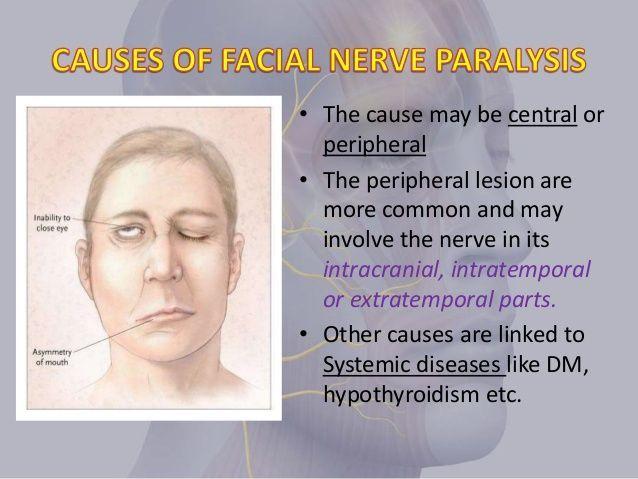
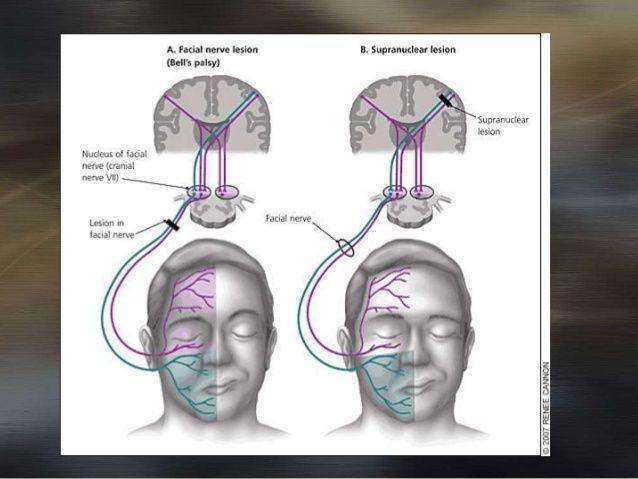


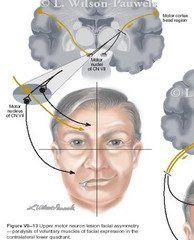
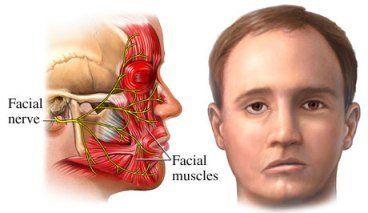
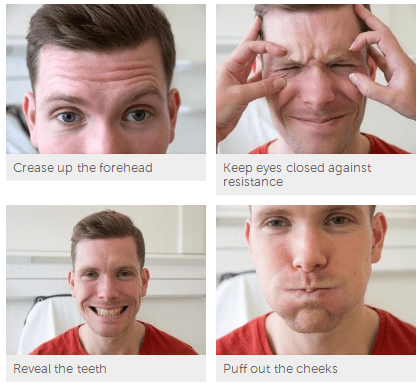
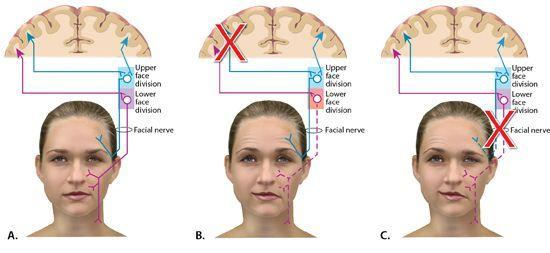

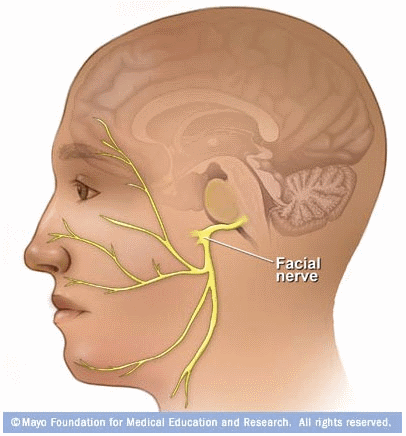
Browse site A to Z
Facial nerve paralysis is a common problem that involves the paralysis of any structures innervated by the facial nerve. The pathway of the facial nerve is long and relatively convoluted, and so there are a number of causes that may result in facial nerve paralysis. The most common is Bell's palsy, a disease of unknown.
Presentation



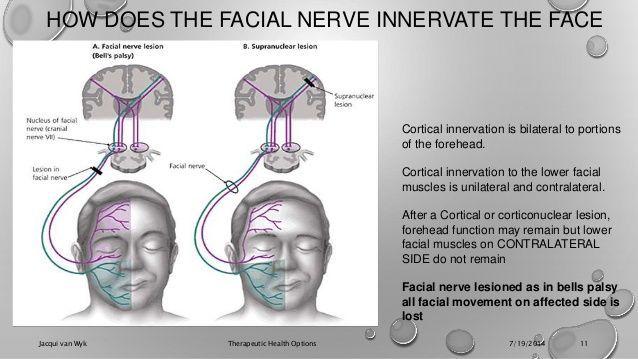
Description:However, its enhancement may reflect other causes, such as meningeal tumor. Meaning Eyelid asymmetry is common among patients with FNP, especially those with severe facial weakness, indicating that the eyelid position maintenance system may be overwhelmed by severe weakness of eyelid protractors. In further analysis, this group would be distinguished and its outcomes compared with other histological entities. In the parotid gland it divides into many branches that provide motor function for the various muscles and glands of the head and neck. Regenerative impulses may end in facial synkinetic movements, mass movements, or contracture. If there is residual paralysis after months, consider referral to a plastic surgeon with a special interest in facial reconstructive surgery. Finally, clinical findings in House-Brackmann stage 5 and 6 injuries partial or complete transection of the facial nerve are either the retaining of minimal facial musculature movements or complete loss of function grade 6.


































User Comments 3
Post a comment
Comment: